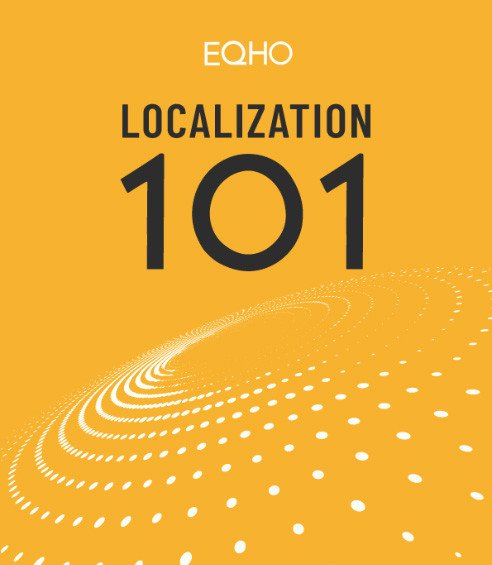Lao
Translation Services
Boost your brand value in Laos by delivering engaging and relevant customer experiences across all media channels
Lao Localization
Performing Lao localization is no easy feat for most companies. Complex character sets and tone marks, lack of spacing between words, non-Unicode compliant fonts in frequent use, line breaking during publishing, and text expansion when translating from English; these are just some of the issues that can lead to project derailment for the inexperienced.
Selecting the right localization partner is crucial. In addition to EQHOs 110 person production headquarters in Bangkok, Thailand, EQHO also has its second Asian production office located in central Vientiane in the Lao PDR. This, complimented by a large team of in-country Lao linguists makes EQHO a primary solution for all of your Lao translation and localization needs.
From standard business translations through to the most complex of technical disciplines, EQHO has the linguistic talent to ensure that your translations satisfy audience expectations.
Translation
- Editing
- Proofreading
- Machine Translation engine building
- Machine Translation post-editing
- Desktop publishing
- Voiceover & dubbing
- Subtitling & closed captions
- Flash & multimedia localization
- Linguistic testing
- Functional testing
- Interpretation
Products
- Documentation
- Technical manuals
- Marketing materials
- Brochures & flyers
- Packaging & labeling
- Magazines & newsletters
- Websites
- Mobile applications
- Software applications
- Training & eLearning
- Voiceover & multimedia
- Video content
About Lao
The Lao language is a member of the Tai group of the Tai-Kadai language family. Other significant members of Tai group include Thai, Shan, and Zhuang; of these, Lao is most closely related to Thai, and for the most part, the two languages are mutually intelligible. The colloquial languages of the majority of the population of north-eastern Thailand (Issan) are dialects of Lao.
The modern Lao script, Aksone Lao, has changed very little from the Tai Noi script which was gradually standardized by the monarchs of the Kingdom of Lan Xang beginning in the 14th century. The character set was formerly an abugida – a writing system in which the consonants may include a vowel sound which is not explicitly written – but modern spelling reforms now explicitly mark all vowel sounds.
The Lao script comprises 27 consonants, 3 consonantal digraphs, and 17 distinct vowel glyphs which are used both individually and in combination with other vowel glyphs and certain consonants to form more than 40 vowels, diphthongs, and triphthongs. In addition, there are 4 tone markers and a number of other characters which affect pronunciation or indicate duplication or abbreviation. Although Western numerals are now in common use, traditional Lao numerals continue to be used in formal writing. Lao is written from left to right with no spaces between words; spaces are used primarily to separate clauses, sentences, and items in lists.
Consonants

Digraph Ligatures
![]()
Vowels*
![]()
Tone Markers*
![]()
Other Glyphs*
![]()
Numerals
![]()
* In order to ensure that vowels, tone markers, and the consonant sound cancellation glyph display correctly on all browsers, they are shown as paired with the letter ![]() .
.
Lao Translation & Localization Challenges
- Due to the absence of spaces between words, line-breaking cannot be performed properly by a non-native DTP operator. In addition, many DTP programs cannot properly support the multi-level positioning of vowels and tone markers.
- Non-Unicode fonts are still in common use, often combined with Unicode fonts in the same Lao source text; as a result, text extraction can be problematic.
- The Lao language has multiple registers; i.e., different vocabulary is used depending on the situation and social context, as well as on the age, sex, and status of the speaker / writer and the listener / reader. There are four major registers – royal (now obsolete), ecclesiastical, written, and spoken – with written and spoken each having multiple sub-registers.
- Technical and scientific terms are often transliterated rather than translated, but there are few reference materials that define the “standard” spellings of such transliterations.
- Lao has a very rich system of grammatical aspect; i.e., elaboration of the manner in which an event transpires and progresses over time. This can result in considerable text expansion / contraction when translating from / to Lao.

LOCALIZATION 101
New to localization? Download our free comprehensive 20 page Localization 101 guide

Speak to us today
For more information on how EQHO can assist you with your Lao translation & localization requirements, please don’t hesitate to contact us through our website.